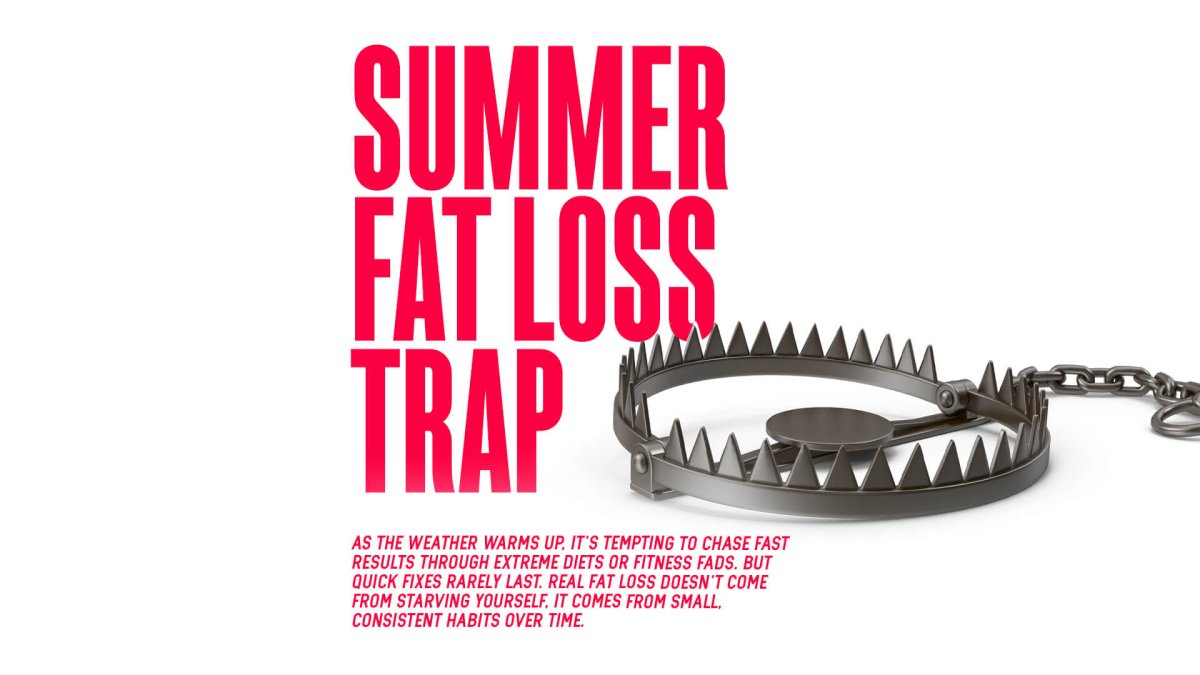
by Patrick Gustowski
Cheat Day Done Properly
Odds are you’re either about to start a fitness journey, or in the midst of one. Regardless of goal, experience and tolerance to doing repetitive tasks, the monotony of a training regiment can get hard. Especially in diet, it’s easy to “cheat” on your diet when temptation is high, or you’re just sick of the same meal prep. But the word itself has started to mean a whole lot different to what it used to, so let’s see what we can do better. Power In The Word The word “cheat” naturally holds a lot of negative connotations, cheat on your tests in school, cheat on a partner, cheat on your diet, it all feels negative in nature. And while that feeling should be applied to things in life with real consequences, the fear of cheating on a diet or not being able to go 100% can stop people from even starting their fitness journeys, because of the negativity around cheating on the diet. For someone who’s achieved a massive amount of weight loss or a prolonged journey themselves, can vouch for the effectiveness of not just a “cheat” meal, but a controlled day off. And that’s what it comes down to, controlled not constricted. We can break this down a lot simpler when thinking about us in a weight loss scenario, where we’re tracking our calories through the week. For example, if we have a total caloric limit of 14,000 calories for the week, equally 2,000 per day, technically we can fill those calories in with whatever we want. Because of the laws of thermodynamics, if we eat under that 14,000 for the week we must lose weight. Obviously however, we fill those calories with our protein goal, wholefoods and the like, if you ate takeout all day everyday, you’re going to feel crap and most likely be undernourished. What we’re suggesting is that the meal plan you’re on has to fit inside that caloric goal, and if you were to substitute one of those meals for something more satiating or to your liking, as long as you're in your calories, you’re good. Sustainable Changes If you have a coach that’s made a meal plan for you, they’ve most likely worked hard to provide you with the correct information for you and your goals, and also how to get there sustainably. There’d be room for substitutions and understanding when there needs to be a shake up. This is more for those who aren’t starting in the first place because of the negativity surrounding a possible “failure”. If you start slow, you’re bound to finish fast, and learning more about how you need to order your meals and overall plan is going to help a lot with it. A cheat meal never really exists if you’re constantly mindful of the overall goal. So hit your protein, ensure you have all your micronutrient needs met, but also enjoy the slice from time to time (as long as it’s in your calories).












